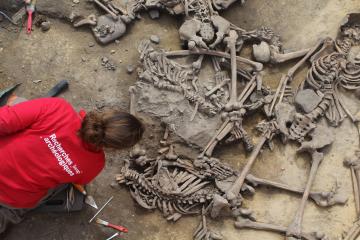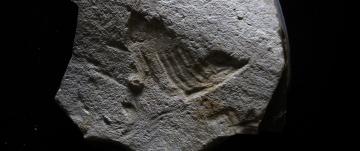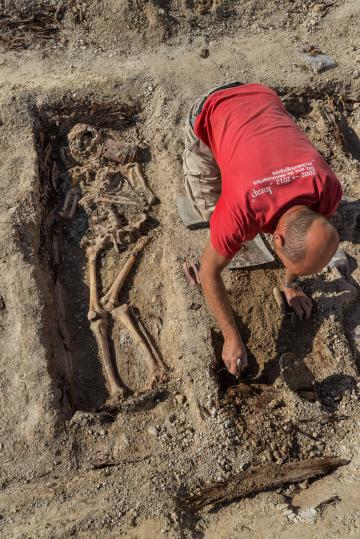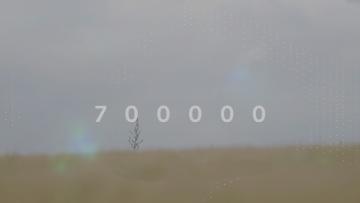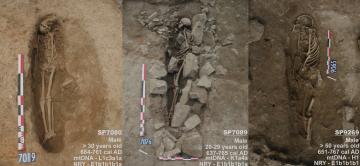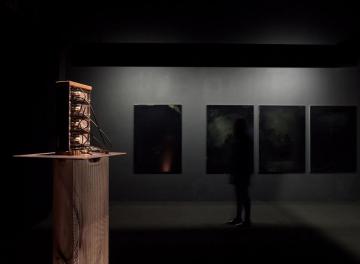You are here
News
From 11 October 2016 to 6 August 2017 at Cité des Sciences et de l'Industrie, Paris.
A team of Inrap archaeologists has just uncovered the remains of a massacre that occurred more than six-thousand years ago at Achenheim (Bas-Rhin). This important discovery illustrates one kind of violence that raged in Europe during the Neolithic.
The discovery of an surprising concentration of graffiti and inscriptions made by soldiers during the First World War reoriented the investigation to a formerly unknown activity at this site: touristic visits to the underground dwellings during the First World War.
Iluminada Ortega and Laurence Bourguignon of Inrap, along with their Spanish colleagues, have announced in the Journal of Archaeological Science Reports, the discovery of an Aurignacian art object, 35,000 – 31,000 years old. This object, depicting a bird, contributes to our knowledge of the origins of figurative art.
An Inrap team has recently excavated a German military cemetery from the First World War. This research was conducted in advance of the construction of a housing development by Immocoop and under the prescription of the State (Drac Champagne-Ardenne).
From 1914 to 1918, 10 million soldiers died on the battleground. Most were buried, but despite the efforts of their loved ones to find them, 700,000 soldiers remain missing in action, dispersed across the battlefields of the plains of the North and the valleys of the East.
Researchers from Inrap and the Pacea UMR, Université de Bordeaux, have published in the PlosOne review, the first archaeological and biological anthropological evidence of this Muslim presence in France during the early Middle Ages.
within the european project NEARCH lead by the French National Institute for Preventive Archaeological Research (Inrap)



